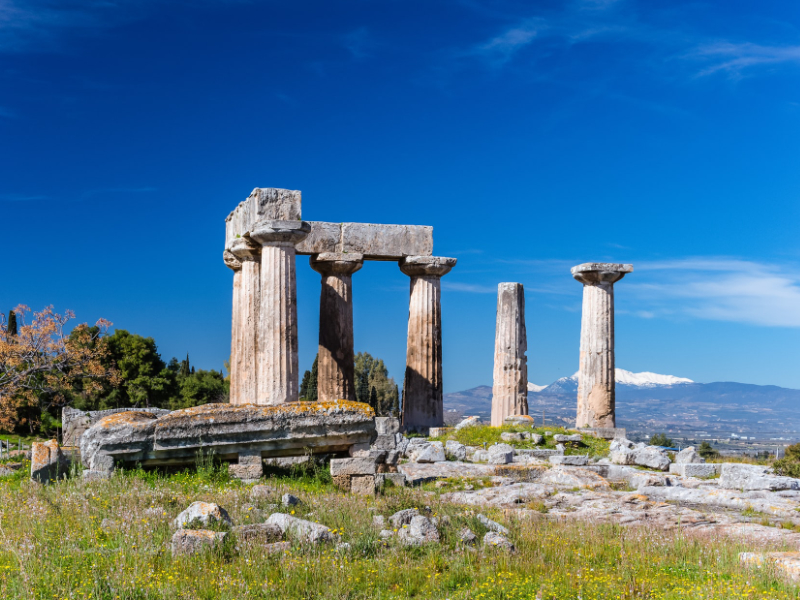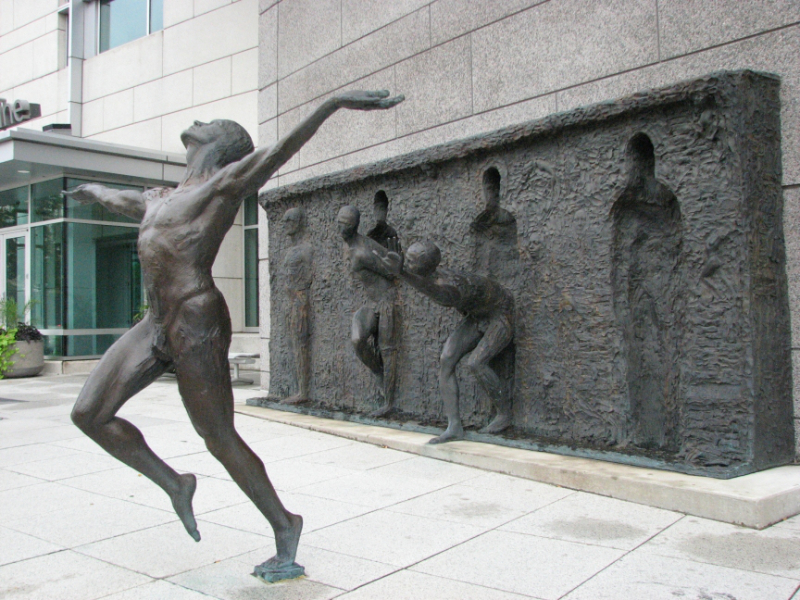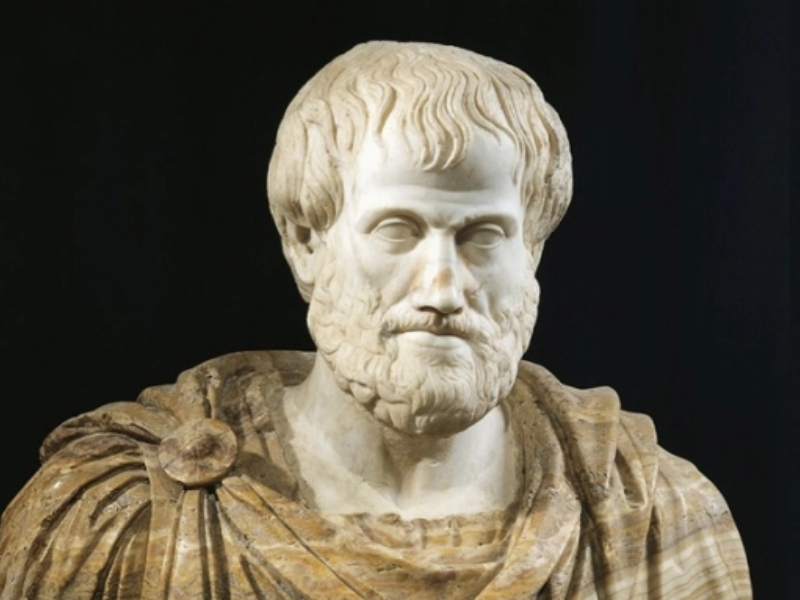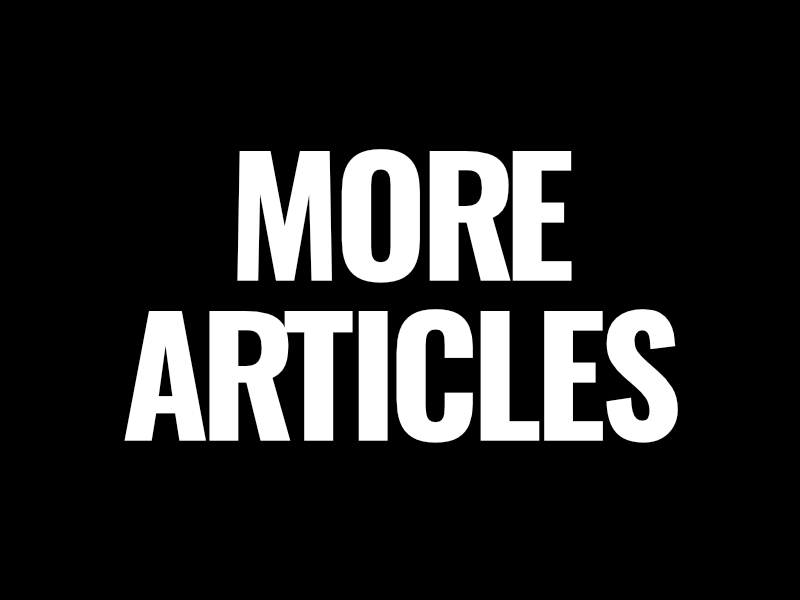The Scientific Revolution
– Copernicus, Bruno, Galileo, & Kepler –

Today, we’re going to continue our epistemological journey. But before we get into the substance, I’d like to once again restate my motivation and intention for doing so, since discussing epistemology can seem a bit dry and intellectual, somewhat removed from the precious human heart.
I have decided to make this shift into epistemology, however, or the theory of knowledge, because it is our beliefs that move us through the world. It is our beliefs that shape and mold our experience. It is our beliefs that give us context for our lives. And at bottom, underneath all these beliefs, it is our epistemologies that determine how we come to hold each belief.
Not just our country but the entire world is divided right now. Our political parties are utterly incapable of understanding and sympathizing with the other. We can’t even agree on the basic reality of climate change or whether Hamas presents a threat to our deepest values, like individual freedom and pluralistic, open, democracies. The ongoing conflict in the Middle East between Sunnis and Shiites, and each of their wars against apostates and non-believers, which is spreading into Europe, continues to tear families, communities, and nations apart. These theocratic states, along with the tyrannies of Russia and China, continue to threaten decades of peace between countries and the individual’s freedom against despotism.
So, without establishing an epistemological basis that we all share, without agreeing on the how we come to hold our beliefs, we will never be able to weld these divides. And more specifically, without establishing a tradition of reason and moral realism, or what I have called critical rationalism, bloodshed will remain the only alternative. Committed, then, as I am to the health and wellbeing of the earth’s creatures and of the precious human heart, I can think of nothing worth fighting for more.
Okay, well, let me highlight one more benefit of discussing this topic. One of the most frequent reflections I receive from others is in regard to my stability. “You’re just stable, aren’t you?” I know, I know, let me pat myself on the back. But no, I bring this up to highlight that this stability, this composure and equanimity is available to you too. First off, yes, much of it comes from my long-standing practice of vipassana or mindfulness. It is one of the many gifts of the practice.
But there is an equally contributing factor here — the stability of my beliefs, the stability of my understanding. A stability that comes not from blind faith but from severe critical pressure. It comes from having deep roots in a tradition of reason. When our whole world, when everything we believe, the entire foundation of our beliefs, rests on something as frail as “because god said so,” or “because this book said so,” or “because this prophet, dictator, or person said so,” that is, on dogma, then of course you’re not going to have any stability. Your entire foundation will be shaky and weak. You will be defensive and explosive and/or nervous and vulnerable.
Just as a tree with shallow roots is destroyed in the storm, so too will your peace and serenity collapse when it is tested if you have shallow roots. So, again, I have chosen to explore the history of epistemology to establish and deepen your roots in the hope that you too can withstand the storm. The more you understand the history of thought and our cultural inheritance, the deeper your roots will be; the stronger you will stand.
Okay, well, with this all in mind, let’s go ahead and get into the substance for today. If you remember, in the last episode, we explored Plato’s moral theory of tyranny, which was based on a pessimistic and authoritative theory of knowledge, the authority being grounded in nature, the “natural” difference between low-lifes like you and me and those wise philosophers who can peer into the immaterial realm, making them able to acquire capital “T” Truths. And I finished the episode by stating that Plato’s theory of moral tyranny wasn’t realized until much later, when, in the Dark Ages, the leaders of the Catholic Church became the privileged holders of divine Truth.
The Renaissance & Age of Reason
So, the Dark Ages was marked by this authoritative and pessimistic theory of knowledge. The Catholic Church, largely under the spell of Plato, as well as Aristotle’s theory of episteme, held a monopoly on truth, which stripped people of their optimism and freedom to pursue truth and understanding for themselves. The Bible was considered perfect, so there was no need for progress.
But after the fall of Constantinople in 1453, when scholars migrated to Italy with what ancient writings had survived, an optimism caught flame in Italy as people began to rediscover ancient Greek philosophers like Protagoras. Reason fertilized the growth of art, poetry, and innovation, as it once did in Ancient Greece. People like Michelangelo, Shakespeare, and Leonardo Da Vinci seemed to have woken up every day like kids on Christmas, ecstatic to see what the Space of Possibility had in store for them next.
In cosmology, however, the rebirth of ancient Greek philosophy stirred up quite the conflict. You see, most people throughout history believed the earth sits at the center of the cosmos. And of course they did. Just look for yourself — the sun, moon, and stars seem to rotate around us. Plus, I don’t feel the earth moving. Do you? In any case, this wasn’t an open question for Christians. The Bible is clear: the sun stopped its rotation around the earth and stood still over Gibeon. (Joshua 10:12). So, there wasn’t much room for debate on the matter. The Holy scriptures said so and that was that.
The Copernican Revolution
Enter Nicolaus Copernicus (1473–1543), a heretical ecclesiastic astronomer who thought holy scripture had it all wrong. It’s not the earth, he argued, but the sun that sits at the center of the cosmos. Why? No, not because of some cool new observation. Copernicus’ great ‘insight’ was actually inspired by Plato’s writings. Plato tells us that the sun, because it gives us light, is of the highest order in the material realm (which he contrasted to the immaterial realm of forms). So, Copernicus thought the sun, not the earth, should sit at the center of the universe.
All the hype and legacy for this so-called ‘insight’?! Yeah, I know. But the consequences of this ‘insight’ are hard to exaggerate, as you’ll see shortly.
Because Copernicus knew the Catholic Church would punish him for even considering such a heresy, he didn’t make his idea public. Instead, he asked a friend to publish the idea after Copernicus died. Plus, it wasn’t just the Church Copernicus had to worry about. The reformers wouldn’t accept his heliocentric model either. Martin Luther, for example, after its publication said, “People give ear to an upstart astrologer who strove to show that the earth revolves, not the heavens…sun and the moon…. This fool wishes to reverse the entire science of astronomy; but sacred Scripture tells us that Joshua commanded the sun to stand still, and not the earth.” (The Table Talk of Martin Luther)
In any case, a few years after its publication, leaders of the Catholic Church met up in the Italian city of Trent to figure out how to curb the German princes and reformers who had started to challenge the Vatican’s authority. The Council of Trent ended up issuing decrees covering every aspect of Church authority. It published the Index of Forbidden Books, which named 583 heretical texts, including Copernicus’s On the Revolutions of the Celestial Spheres. It formed a band of militant missionaries called the Jesuits. And it reestablished the Roman Inquisition to torture heretics until they restored their faith.
Giordano Bruno
There was one man, however, who refused to abandon his own heart. Giordano Bruno (1548–1600), one of history’s most courageous defenders of free-thought, dared to read the books that had been banned by the Church. And in one of them, he stumbled across a thought experiment by the ancient Roman philosopher Lucretius, who asked his readers to imagine standing at the edge of the universe and shooting an arrow outward. If the arrow keeps going, space must be infinite, Lucretius argued. And if, on the other hand, the arrow hits a wall, then that wall must lie beyond what you thought was the edge. Now, if you stand on that wall and shoot another arrow, the same two possibilities remain. Either way, it seemed to Lucretius as if the universe was infinite.
Shaky reasoning, no doubt. But in any case, Bruno ran with this idea. Still a deeply religious man, like everyone else at the time, Bruno thought that his god must be infinite. So, why should the cosmos be anything less? His new picture of the cosmos, then, was a world where there was no up, no down, no edge, and no center. The stars, he believed, are distant suns surrounded by planets of their own. And some of these planets may even foster life of their own.
Stoked about his insight, Bruno set out to share his new worldview. Sadly, though, the Inquisition arrested Bruno and put him on trial for heresy. Bruno admitted that he had made some minor theological errors but instead tried to emphasize the philosophical character of his belief. The inquisitors, however, didn’t bite. They demanded that he confess and repent for his sins or burn. Bruno bravely said he had nothing to confess.
After they read him his death sentence, Bruno looked them square in the face and said, ‘Perhaps your fear in passing judgment on me is greater than mine in receiving it.’ And on that cold February morning in the year 1600, the Inquisitors dragged Bruno through the streets with his tongue in a gag, tied him up, and burned him alive.
Galileo Galilei
A mere ten years later, Galileo Galilei (1564–1642) made an astonishing new discovery with his fancy new telescope—four moons orbit around Jupiter! This discovery refuted the belief that the earth sits at the center of the universe, that everything revolves around it!
The Christian theologians, though, weren’t about to go down without a fight. They ordered Galileo not to hold, teach, or defend heliocentric ideas. So, the clever Galileo wrote a book and, to protect himself, framed it as a hypothetical discussion among three friends about the validity of the heliocentric model. His ploy worked initially, though the Church required him to add a preface acknowledging that the Church’s objections to the heliocentric model were perfectly valid. So, Galileo went ahead and added a brilliantly sarcastic preface: “Several years ago there was published in Rome a salutary edict which, in order to obviate the dangerous tendencies of our present age, imposed a seasonable silence upon the…opinion that the earth moves.”
The book was an immediate success. But it wasn’t long before the Church caught onto his sarcasm. Galileo played dumb at first and claimed that the Dialogue was clearly hypothetical, that he was neither promoting nor defending the heliocentric model. But the head of the Inquisition called bullshit and threatened Galileo with ‘greater rigor of procedure’ — aka, torture — if he wouldn’t confess his sins. So, like a good little deacon boy, Galileo bent over and obediently confessed his sins.
Because of Galileo’s confession and largely thanks to his popularity, he got a much better deal than Bruno. But still, Galileo was sentenced to house arrest for life and his book was added to the Index of Forbidden Books. Outside the reach of the Inquisition, however, his book spread like wild fire. And just over a quarter-century after Galileo’s death, the geocentric model was abandoned. The Ionian tradition was back in full swing.
Galileo’s observational refutation of the geocentric model of the universe was remarkable, for sure. But he didn’t stop there. Before Galileo, nobody had challenged Aristotle’s claim that the heavier an object is, the faster it will fall. Galileo, though, not one to take people at their word, decided to build a ramp, place two balls of different weight at the top, and let them go.
If Aristotle was right, the heavier ball should have rolled down the ramp faster than the smaller ball. But as you know, that’s not the case. No matter the weight of the ball, each time Galileo rolled the balls down the ramp, they would move at exactly the same speed. In one fell swoop, then, Galileo not only refuted the great Aristotle, the man who for centuries was simply referred to as The Philosopher, but he also discovered a universal rate of acceleration, thereby clearing the way for Kepler, Newton, and Einstein to improve our understanding of gravity. [1]
Johannes Kepler
Now, before we finish out this episode, let me speak for a moment about Johannes Kepler (1571–1630), a human I believe to be among the most honest and humble yet relentless seekers of truth. It was Kepler who, perhaps more than any of his contemporaries, understood that the only way to move nearer to truth is through the humble method of trial and error.
Inspired by his love for harmony in music, mathematics, and god, Kepler ardently sought to understand the planets’ relations to the sun. But no matter how harmonic a hypothesis was, Kepler didn’t let his metaphysical belief in a divine harmony override observational refutations. Though Copernicus’ idea of circular orbits was certainly the most harmonic, Kepler humbly discarded it after it was refuted by the astronomer Tycho Brahe’s observations. And so Kepler went back to work.
He understood that when you’re faced with a problem, all you can do is guess. And if you wanna know if your guess holds any truth, you have to test it empirically. This he did over and over again. Many times in his writings he stated that he approached his search for truth by first formulating a hypothesis, and then discarding it if it was refuted by observation. It took Kepler dozens of failed attempts before he finally created the elliptical theory of the orbits, which cleared the way for Isaac Newton to create one of the most audacious, stable, and critically resistible physical theories of our home, the cosmos.
Conclusion
Though it was Kepler who seemed to have best understood how knowledge is created, it was actually his mistaken contemporaries Francis Bacon (1561–1626) and René Descartes (1596–1650) who received all the hype for their epistemologies, or theories of knowledge. And because vestiges of their mistaken epistemologies remain to this day, we will explore each of them in the next episode.
Until then, remain humble and curious.
More Articles
“Poetic Imagination”
I hope at least once in your life you’ve seen the Milky Way. The brushstroke of glimmering white light that cuts through the heavens is breathtaking. And to imagine, before all the light and carbon…
“Carving Knowledge from Our Imaginations”
Every civilization throughout history has created a dogmatic school whose main task is to pass on the doctrine of its founder intact to each generation. In the rare…
“Failures of Ultimate Explanation”
The earliest Greek philosophers didn’t really ask ‘what is?’ questions. Rather than quibble over the meaning of words, they tried to solve specific problems by creating bold explanatory theories…
“Plato’s Moral Tyranny”
Only you, the individual, can decide whether a behavior, norm, or institution is right or wrong. It is your burden and yours alone. You can’t shift it to god, nature, history, or even to society, because whatever…






